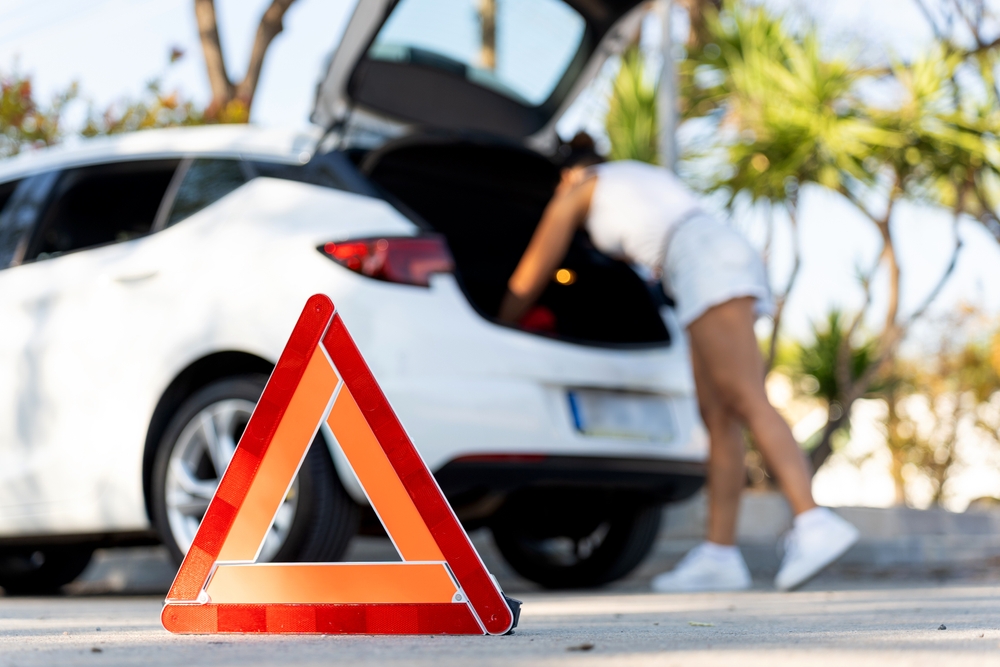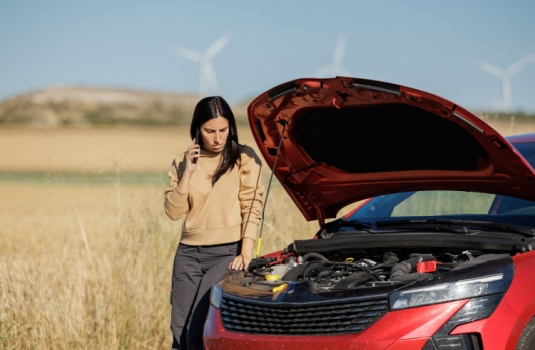
Every driver hopes their journey will go smoothly, but the truth is, the road can be unpredictable. Whether you’re heading down a quiet Georgia backroad, sitting in rush-hour traffic in Atlanta, or traveling long distance on I-75, emergencies can happen when you least expect them.
That’s why a car emergency bag—also called a vehicle emergency kit or car safety kit—is essential. It’s not just about keeping a few tools in your trunk. It’s about having a well-thought-out collection of emergency preparedness supplies that can protect you and your passengers during a breakdown, collision, or severe weather.
While your Georgia auto insurance helps you recover financially after an accident, having a properly packed emergency bag bridges the gap between the moment something happens and when professional help arrives.
Let’s explore why every driver should keep one, what to include, and how to maintain it year-round.
What Is a Car Emergency Bag?
Think of a car emergency bag as your personal safety net. It’s a portable kit filled with items you may need when your vehicle lets you down—or when Mother Nature throws a curveball.
At the most basic level, you’ll want items to cover three areas: safety, sustenance, and communication. For example, jumper cables are invaluable if your car battery dies. A sturdy flashlight ensures you can see (and be seen) in the dark. And a rain poncho or umbrella can keep you dry while you inspect a flat tire in a sudden Georgia thunderstorm.
Medical supplies are also essential. A fully stocked first aid kit should go beyond just bandages. Add antiseptic wipes to clean cuts, pain relievers for headaches or injuries, and adhesive bandages in multiple sizes. These small additions make your kit far more effective in a real emergency.
Technology deserves a place in your bag, too. While most people carry a phone charger, consider going a step further. A solar-powered charger or portable power bank with both USB-C and Lightning cables ensures your phone stays powered even if your car battery fails. For remote areas where cell service is spotty, a personal locator beacon (PLB) or emergency beacon can connect you to rescue services when your phone can’t.
Finally, don’t underestimate the basics. A few bottles of water, non-perishable snacks, and local paper maps can make a big difference if you’re stranded for hours. GPS isn’t always reliable during severe storms, so having backup navigation tools is smart.
Additional Items for EV Drivers
If you drive an electric vehicle, your emergency bag should also reflect those unique needs. Georgia’s EV adoption is growing, especially in metro Atlanta, but charging stations aren’t always nearby in rural areas. That’s why it’s smart to pack a portable EV charger or adapter as well as a backup charging cable. That way, you’re not left stranded if you can’t immediately access a station.
Unlike traditional drivers, EV owners may also want to carry apps or printed maps showing charging station locations in case cell service drops. A little preparation can save hours of stress.
Tools and Tire Preparedness
Flat tires remain one of the most common roadside emergencies in Georgia. Potholes, construction debris, and long commutes mean tire damage happens more often than many drivers expect.
That’s why roadside emergency kit tools and tire preparedness are essential for every vehicle. A compact tire repair kit or spare tire can help you get moving again without waiting hours for roadside assistance. Alongside that, a set of basic tools—like a multi-tool, screwdrivers, pliers, and a wrench—gives you flexibility for quick fixes.
Even if you’re not an experienced mechanic, having roadside emergency kit tools ready means someone else (like a fellow driver or roadside technician) can use them to get you back on the road faster.
Visibility and Hygiene
Visibility is critical for safety, especially if you’re stuck on the side of a busy road. Reflective triangles or emergency flares help alert other drivers, reducing the risk of further accidents. Pair these with reflective tape to make sure your car and passengers are visible from a distance.
Emergencies also tend to get messy. A small hygiene kit with hand sanitizer, disinfectant wipes, and tissues helps you stay clean and comfortable. If you’re traveling with children or elderly passengers, these little items can make waiting for help far less stressful.
When you put all these items together, you’re not just building a bag—you’re building resilience.

Essential Kit Items for Inclement Weather
Georgia’s weather can be as unpredictable as its traffic. From hurricanes along the coast to tornadoes in the spring, and even the occasional ice storm in the north, having a weather-ready kit is a must to protect your car and passengers.
Depending on the season, consider adding these items to your car emergency bag:
- For extreme heat: cooling towel, electrolyte packets, and sun protection gear like hats and sunscreen to prevent heat exhaustion.
- For winter conditions: an ice scraper, tire chains, and a good pair of gloves for icy roads or freezing temperatures. Even though snow is rare, driving in winter in Georgia—especially in the north—can mean black ice and sudden freezes.
- For air quality concerns: N95 masks or even a small portable air purifier if you or your passengers have respiratory issues.
No matter the time of year, your emergency bag should be tailored to the risks you’re most likely to face on Georgia roads.
Pack Supplies to Help You Get to Safety – You’ll Need More than Just Your Car Insurance
While your auto insurance can help cover repair costs after an incident, it won’t hand you a blanket or a bottle of water when you’re stranded. That’s why it’s smart to pack supplies designed to help you and your passengers safely reach shelter.
Some additional essentials to consider include:
- Survival blankets – Lightweight but effective at retaining body heat in cold weather.
- Whistle – Useful for signaling for help if you’re far from the road or trapped in debris.
- Reflective tape – Increases visibility so rescuers or other drivers can spot you more easily.
- Compass – A reliable backup if technology fails and GPS is unavailable.
- Specialized kits – Pet owners may want collapsible bowls and extra food; families with children might pack formula, diapers, or toys; elderly passengers may need medications or mobility aids.
The goal is to prepare not only for your vehicle, but also for the needs of everyone inside.
Tips for Maintaining Your Kit
Building a car safety kit is only the first step. To keep it useful, you’ll need regular maintenance.
Make it a habit to check expiration dates on food, water, and medications every few months. Replace anything that’s expired or damaged. Recharge power banks and replace batteries in flashlights regularly so they’re ready when needed.
Where you store your kit matters, too. Most drivers keep it in the trunk, but make sure it’s easy to reach for quick access. For smaller items, sealed plastic bags or waterproof pouches can prevent moisture damage.
A good rule of thumb? Review your kit at the start of each season. Georgia’s summer heat and winter cold bring different challenges, while a spring road trip is the perfect time to double-check that everything is refreshed and ready. Adjusting your supplies accordingly will ensure you’re always prepared.